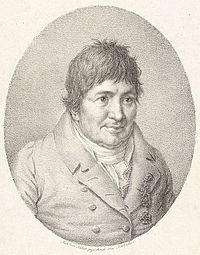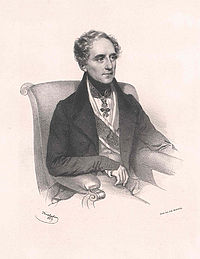1806: National Library of the Austrian Empire

At the beginning of the nineteenth century, steps were taken to redefine the "needs of the imperial court library". In 1807, custodian Paul Strattmann described the principal tasks that would have to be fulfilled "to maintain this institution with dignity":
"The imperial court library can be viewed from three different perspectives. It is the library for the educated class of the capital city. This requires from it the most peculiar works of edification. It is the national library of the Austrian Empire. Both locals and foreigners expect to find here the most sought-after literary rarities. It is finally the library of the imperial court, from which it receives its name. This is associated with typographical splendour."
The new purpose of the library could not have been formulated any more clearly following the political events of recent years – after the foundation of the Austrian Empire in 1804 and the abdication of the crown of the "Holy Roman Empire of the German Nation" in 1806. The function of the national library of the Austrian Empire was thus defined programmatically for the first time and would be fulfilled until 1918.
Important Slavic scholars worked at the court library, such as Józef Maksymilian Ossoliński, a Polish literary and cultural historian, and Bartholomäus Kopitar, the Slovenian initiator of Slavic and Balkan studies in Vienna. With an estimated 300,000 Slavic printed works and 200 Slavic manuscripts, the Austrian National Library today preserves one of the most significant collections of Slavic literature outside of the Slavic-speaking region.

Milestones in the library’s subsequent development included the establishment of individual departments to improve the administration and scholarly exploration of individual groups of holdings, such as papyri, manuscripts, maps, printed music, portraits, and prints. It was above all prefect Count Moritz of Dietrichstein who recognised the scientific and academic value of an orchestrated collection policy. He established the Department of Music, arranged for the acquisition of precious autographs and etchings, and began a “sample collection of all national and international newspapers”.
In the first half of the nineteenth century, the court library’s collection activities were gradually detached from the context of imperial representation, while more importance was assigned to the academic and social relevance of cultural heritage.
» 1848: The Age of Reading

